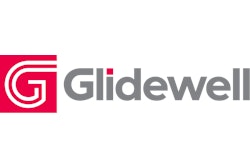Dear Imaging & CAD/CAM Insider,
Numerous studies have considered whether fluorescence devices as adjuncts to visual exams can improve the early detection of caries, and the debate continues over the clinical effectiveness of these devices.
In fact, a recent study in Caries Research concluded that adjunct radiographic and laser fluorescence methods "offer no benefits to the detection of caries in primary teeth in comparison to visual inspection alone."
But an article in the current Compendium of Continuing Education in Dentistry suggests that high-resolution light-based diagnostic tools can enhance the early detection of some carious lesions by improving visibility, reducing unnecessary interventions in the process.
Why the difference of opinion between the two papers? Read more in this latest Imaging & CAD/CAM Insider Exclusive.
In a related feature, some imaging experts took issue with the findings of the Caries Research study, contending that news of the demise of the dental bitewing radiograph for detecting proximal surface caries is a bit premature. Read more.
Meanwhile, the Venetian Resort Hotel in Las Vegas was abuzz last month during Sirona Dental Systems' Cerec 27-and-a-half extravaganza, which featured the introduction of the newest Cerec AC intraoral camera, the Omnicam. Is this camera a game changer for dental CAD/CAM? Click here to read what sets the Omnicam apart from the competition, and what it's going to cost for new and existing Cerec users.
In other news, the U.S. Food and Drug Administration and the ADA recently released guidelines for the safe use of dental cone-beam CT systems. Both emphasize the importance of radiation dose and professional judgment in clinical decision-making.
Finally, Glidewell Laboratories is acquiring IOS Technologies, marking a new direction in Glidewell's strategy. Leveraging IOS' intraoral scanning expertise, the company intends to go "headfirst" into the growing market for chairside restorations. Read more.



















